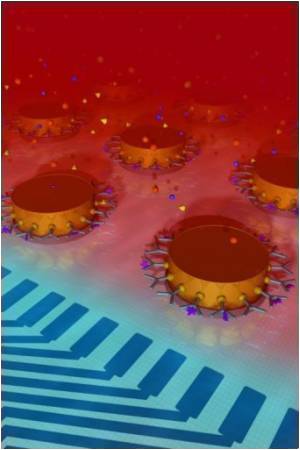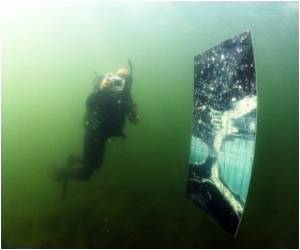
In the OSIRIS project of the German Federal Ministry of Education and Research BMBF, researchers at the Fraunhofer Institute for Environmental, Safety and Energy Technology UMSICHT in Oberhausen, Germany have come up with self-healing elastomers that can repair themselves autonomously, in order to put a stop to the growth of cracks already from the start while avoiding spontaneous material failure.
The source of their inspiration was the caoutchouc tree hevea brasiliensis and plants that conduct latex, such as the Weeping Benjamin.
The scientists have applied this principle to elastomers. Anke Nellesen, who is a scientist at the Fraunhofer Institute for Environmental, Safety and Energy Technology, provides the explanation: "We loaded microcapsules with a one-component adhesive (polyisobutylene) and put it in elastomers made of synthetic caoutchouc to stimulate a self-healing process in plastics. If pressure is put on the capsules, they break open and separate this viscous material. Then this mixes with the polymer chains of the elastomers and closes the cracks. We were successful at making capsules stable to production, although they did not provide the self-healing effect we wanted."
However, the researchers obtained good results by putting the self-healing component (i.e., the polyisobutylene) into the elastomer uncapsulised. Various test bodies from different synthetic caoutchoucs indicated clear self-healing properties, since the restored tension expansion was 40 percent after a healing period of 24 hours.
The experts even achieved better results by supplying elastomers with ions. Here, the caoutchouc tree also acted as the model for this method. The hevein proteins that are released when there is damage link up to each other through ions and stick in this process so that the crack closes.
Advertisement
Source-ANI









